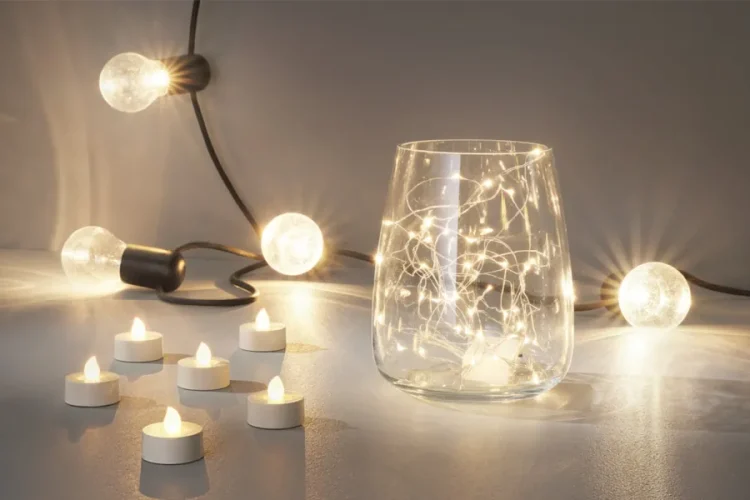In recent years, LED lighting has become a popular choice across various applications, from home decoration to commercial signage. If you’re exploring options for LED strip lights or LED modules, understanding their differences and knowing what to look for in manufacturers and suppliers is key. This guide breaks down essential information to help buyers and installers make informed decisions about LED components without any technical jargon or marketing fluff.
What Are LED Strip Lights?
LED strip lights are flexible circuit boards embedded with tiny LED bulbs, typically encased in a protective covering. These strips come in various lengths, colors, and brightness levels, making them versatile for a wide range of uses. They are commonly found in residential settings for accent lighting, under cabinets, or around ceilings. Commercial spaces also rely on LED strips for creating mood lighting or highlighting architectural features.
One of the main advantages of LED strip lights is their flexibility. They can be cut to size, bent around corners, and installed in hard-to-reach places where traditional lighting fixtures wouldn’t fit. Additionally, they consume less energy than incandescent bulbs, producing less heat, which makes them safer and more efficient.
Key Factors When Selecting an LED Strip Lights Manufacturer
Choosing the right led strip lights manufacturer is crucial because the quality of materials and craftsmanship directly affects how well your LED strips perform and how long they last. Here are some important points to consider:
- Material Quality: High-quality copper circuits and LED chips lead to better conductivity and brightness. The casing should be sturdy and, if intended for outdoor use, properly waterproofed.
- Manufacturing Standards: Certifications like CE, RoHS, or UL can indicate compliance with safety and environmental standards. These certifications ensure the product isn’t just affordable but also reliable.
- Customization: Different projects have different needs. Some manufacturers offer customization options such as specific colors, lengths, and control features. This flexibility can be invaluable depending on your application.
- Innovation: Look for manufacturers who update their product lines regularly to include new LED technologies like RGB or smart controls, as these can provide more versatile lighting solutions.
Understanding LED Modules and Their Applications
Unlike LED strip lights, LED modules are small, individual light units mounted on a board. They are often used for more precise lighting tasks such as signage, backlighting, or creating digital displays. LED modules tend to be more rigid and durable compared to flexible strips, making them suitable for environments where robust lighting is necessary.
Because LED modules are designed for specific use cases, they often come with connectors and mounting accessories that make installation straightforward. They can provide more focused lighting output, which is essential for applications like illuminating text on signs or highlighting specific architectural details.
Choosing the Right LED Module Suppliers
Selecting the right led module suppliers goes beyond just finding a product that fits the budget. It involves evaluating the supplier’s product range, quality control, and support services to ensure consistency and reliability. Here’s what you should keep in mind:
- Product Range: A good supplier will offer a variety of LED modules, differing in size, brightness, and color options, allowing you to find the best match for your project.
- Quality Control: Reliable suppliers ensure that their products meet quality standards through thorough testing, which minimizes the risk of receiving faulty units.
- Lead Time and Availability: Timely delivery is important, especially for projects with tight deadlines. Check how quickly a supplier can fulfill orders and if they maintain stock levels for consistent supply.
- Support and Documentation: Technical datasheets, installation guides, and responsive customer support can make a big difference during installation or troubleshooting.
Practical Tips for Installation and Maintenance
Whether you’re working with LED strip lights or modules, proper installation and maintenance are key to getting the most out of your lighting:
- Installation: Make sure the surface where you mount the strips or modules is clean and dry. Use recommended adhesives or mounting clips to secure the lighting in place. For electrical connections, ensure compatibility with power supplies and avoid overloading circuits.
- Maintenance: Regularly check for any signs of wear, such as discoloration or flickering. Dust can reduce brightness, so cleaning the LED surfaces gently can help maintain performance.
- Energy Efficiency: LED lighting is already energy efficient, but pairing it with dimmers or timers can reduce energy consumption further, benefiting both the environment and your utility bills.
Conclusion
Choosing the right LED strip lights and modules involves more than just picking the cheapest option. Understanding the differences between these lighting types, knowing what to look for in manufacturers and suppliers, and paying attention to installation and maintenance can ensure your project is successful and long-lasting. With the right knowledge, anyone can make smart decisions about LED lighting that meet their needs and enhance their spaces effectively.


